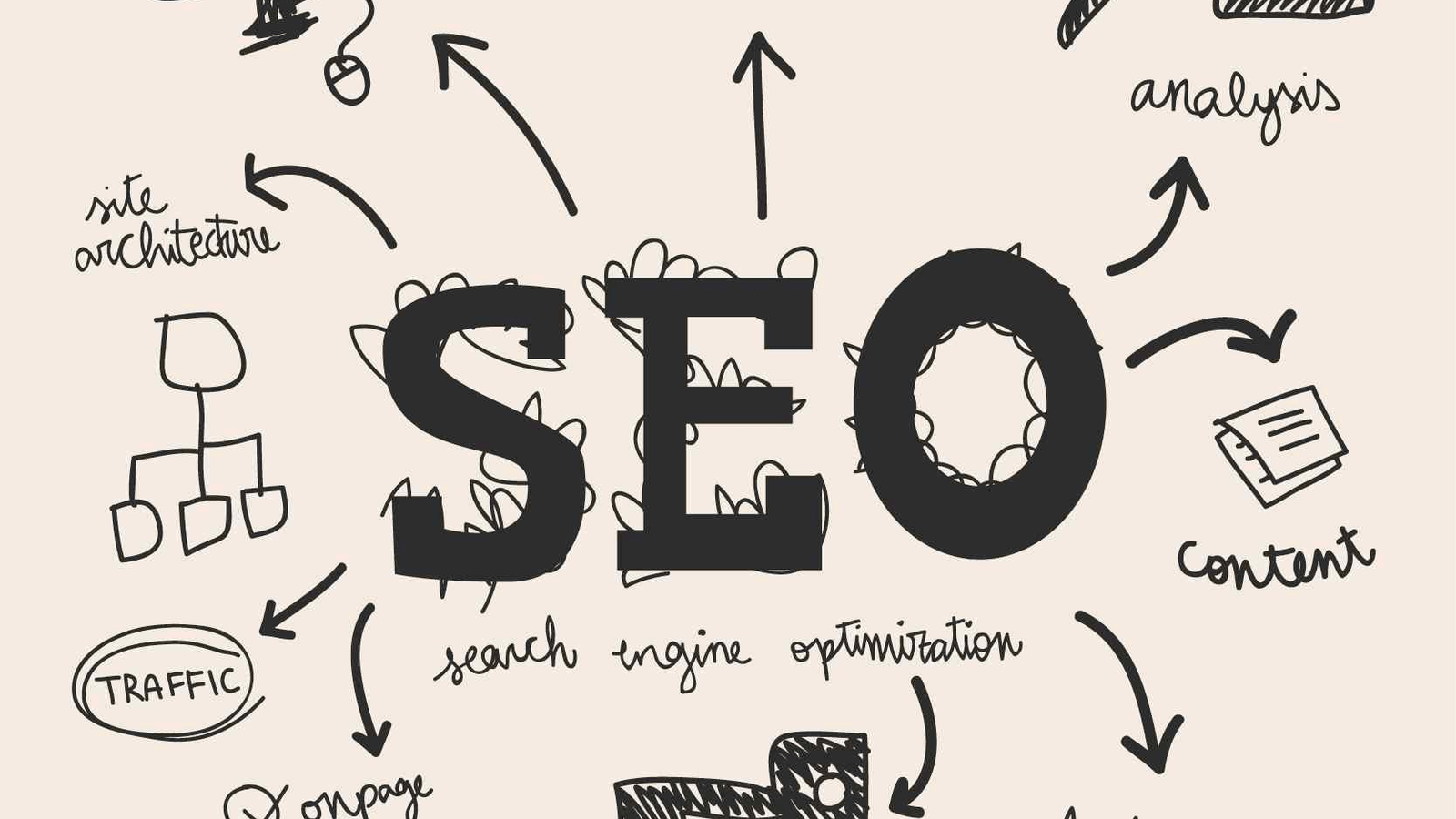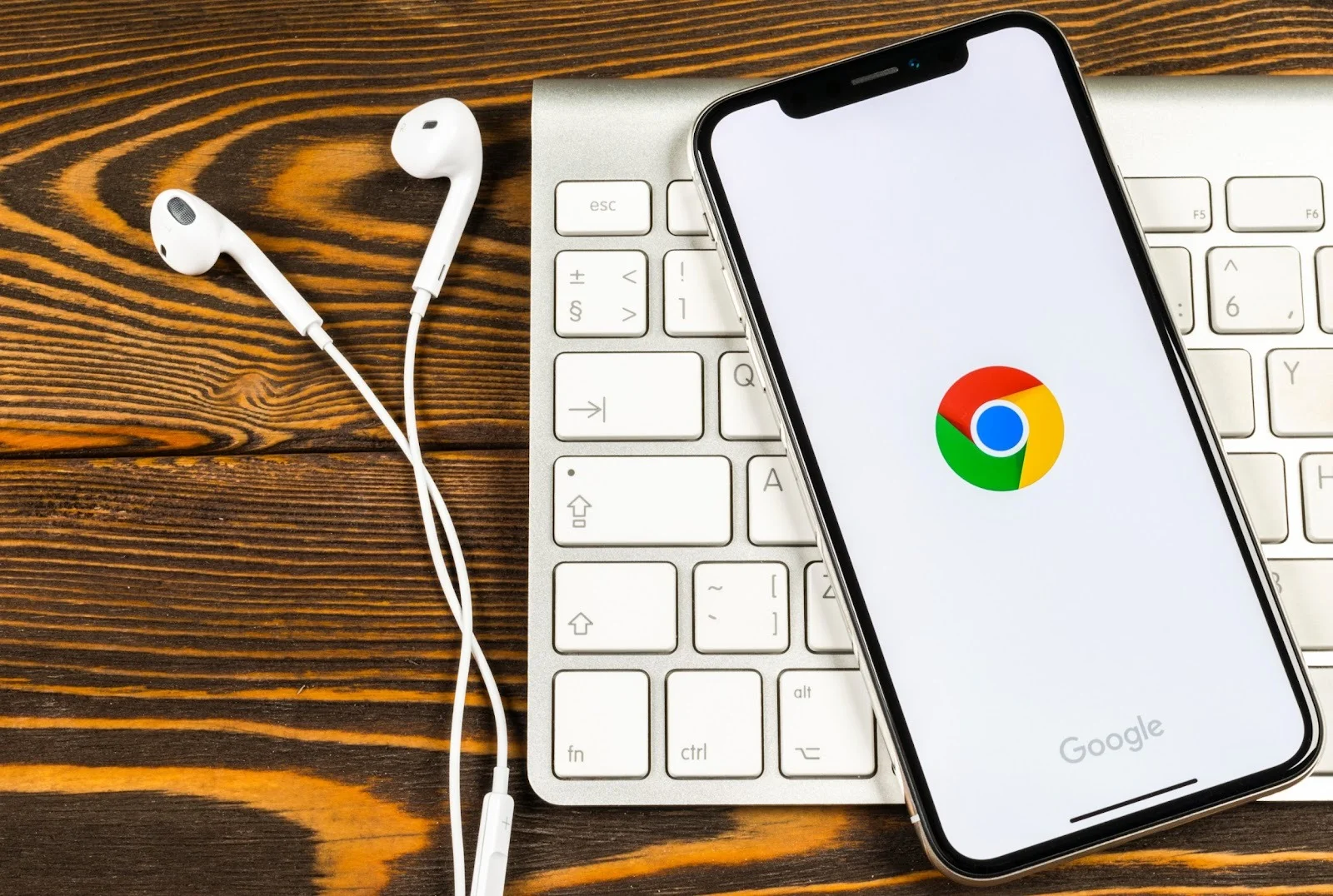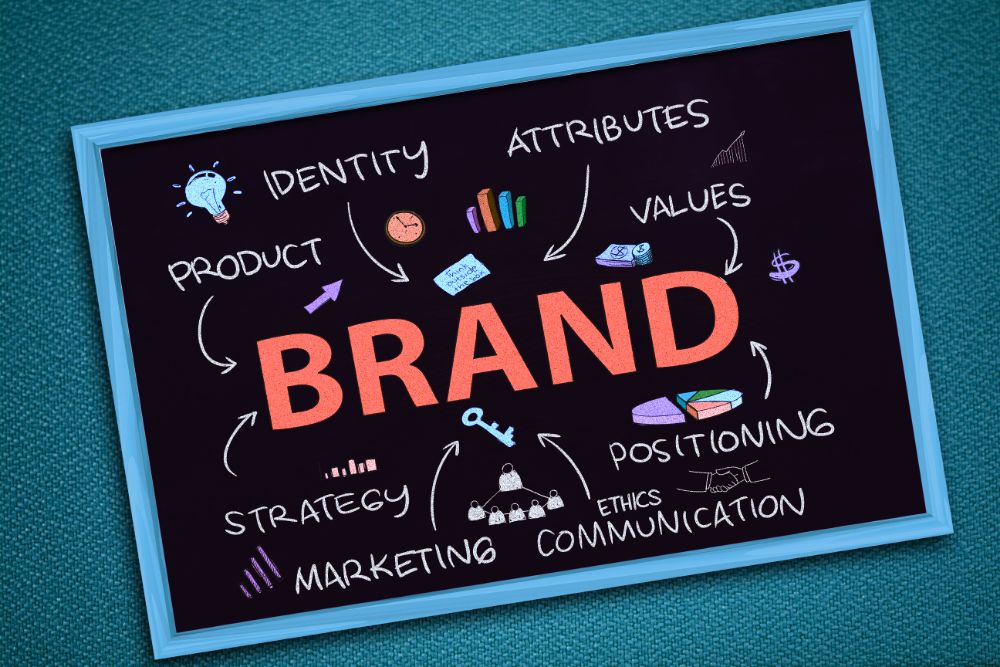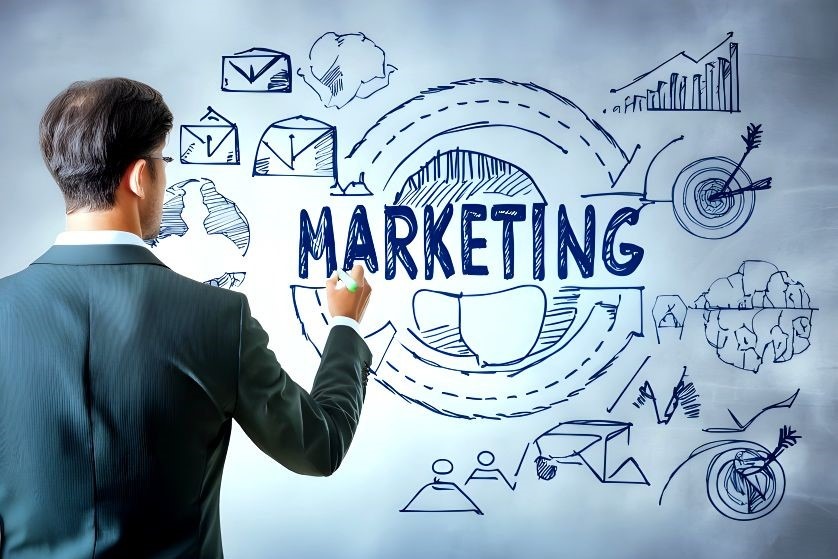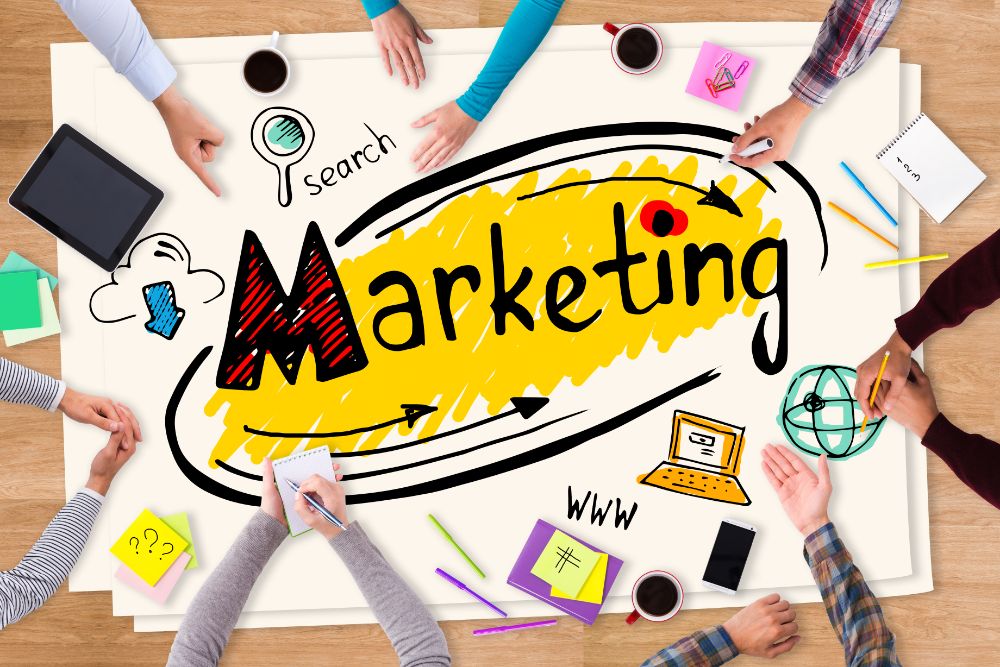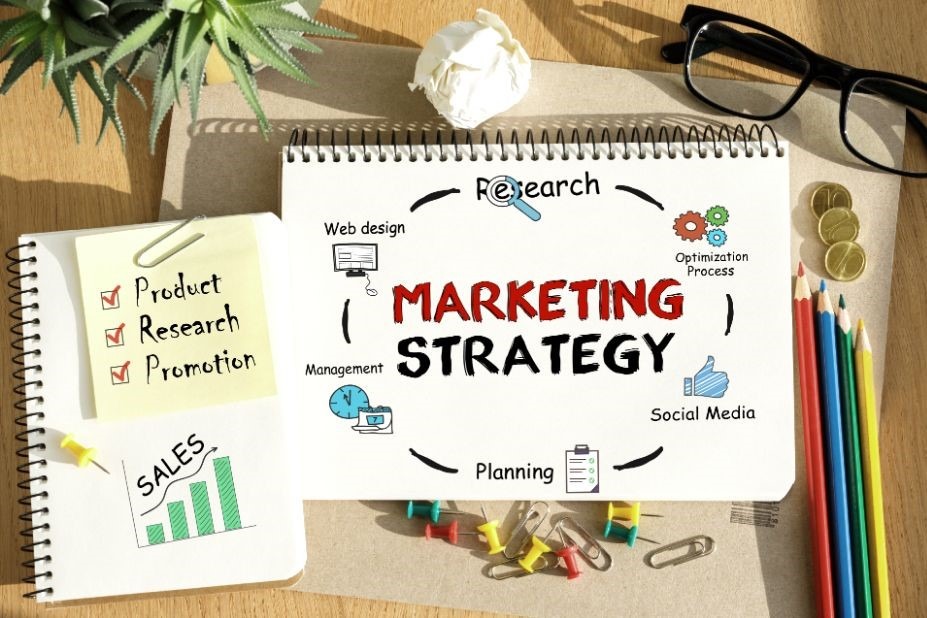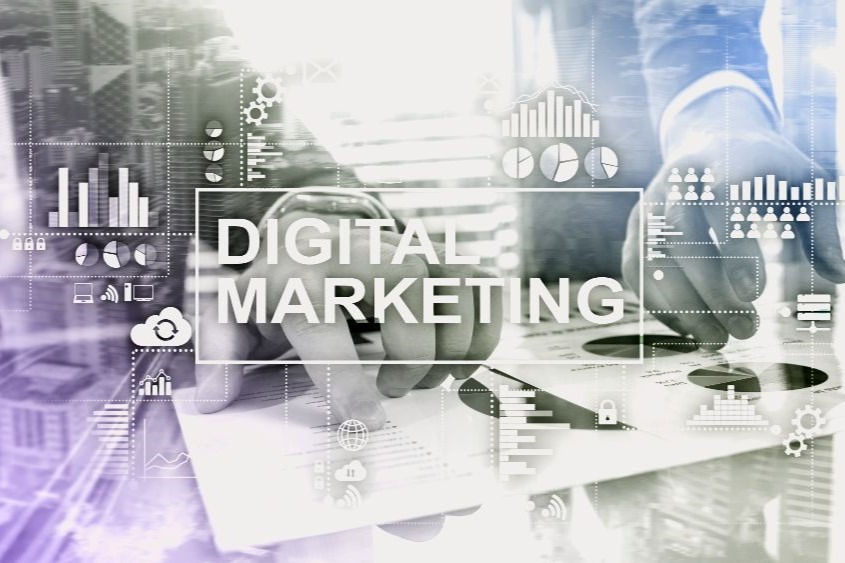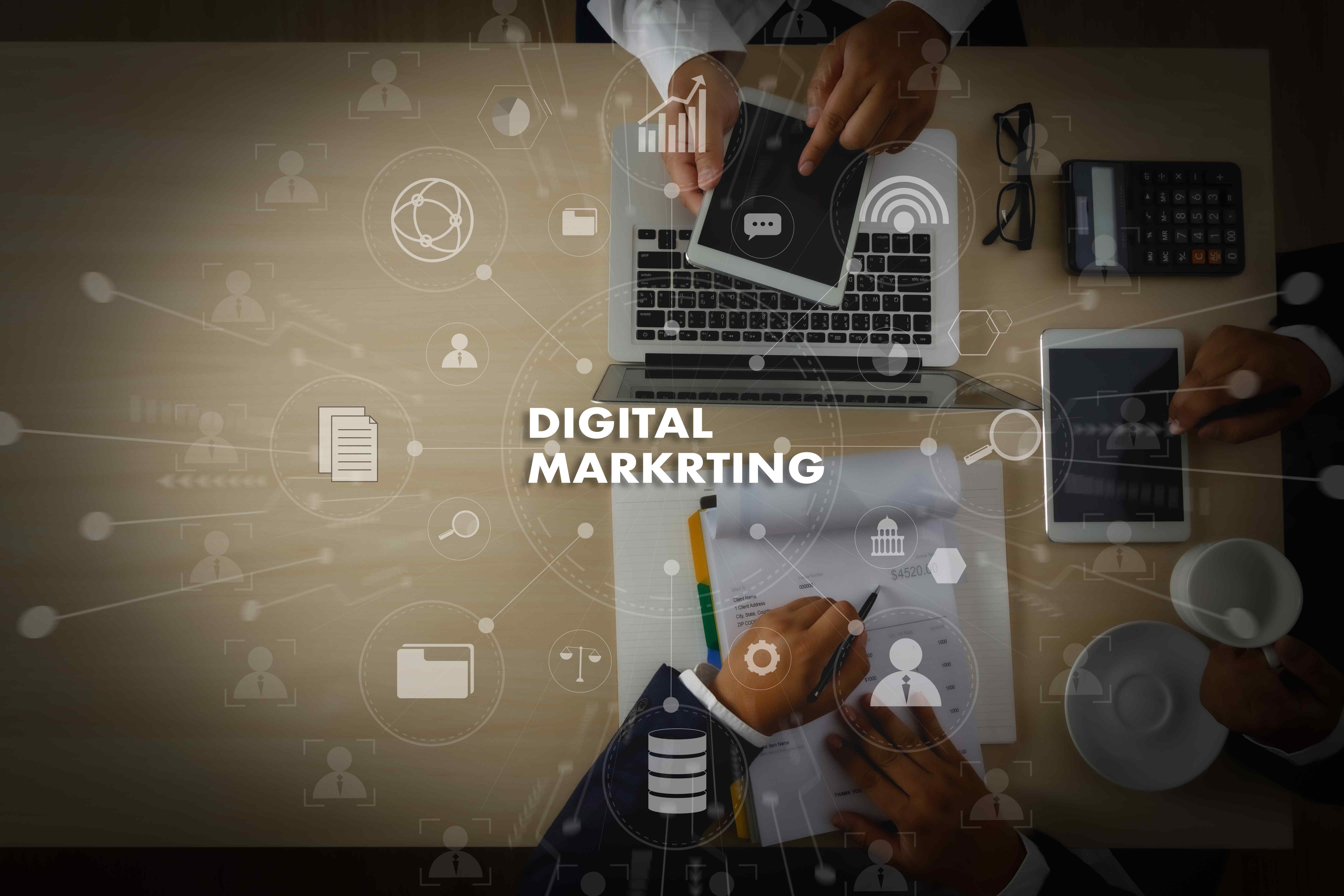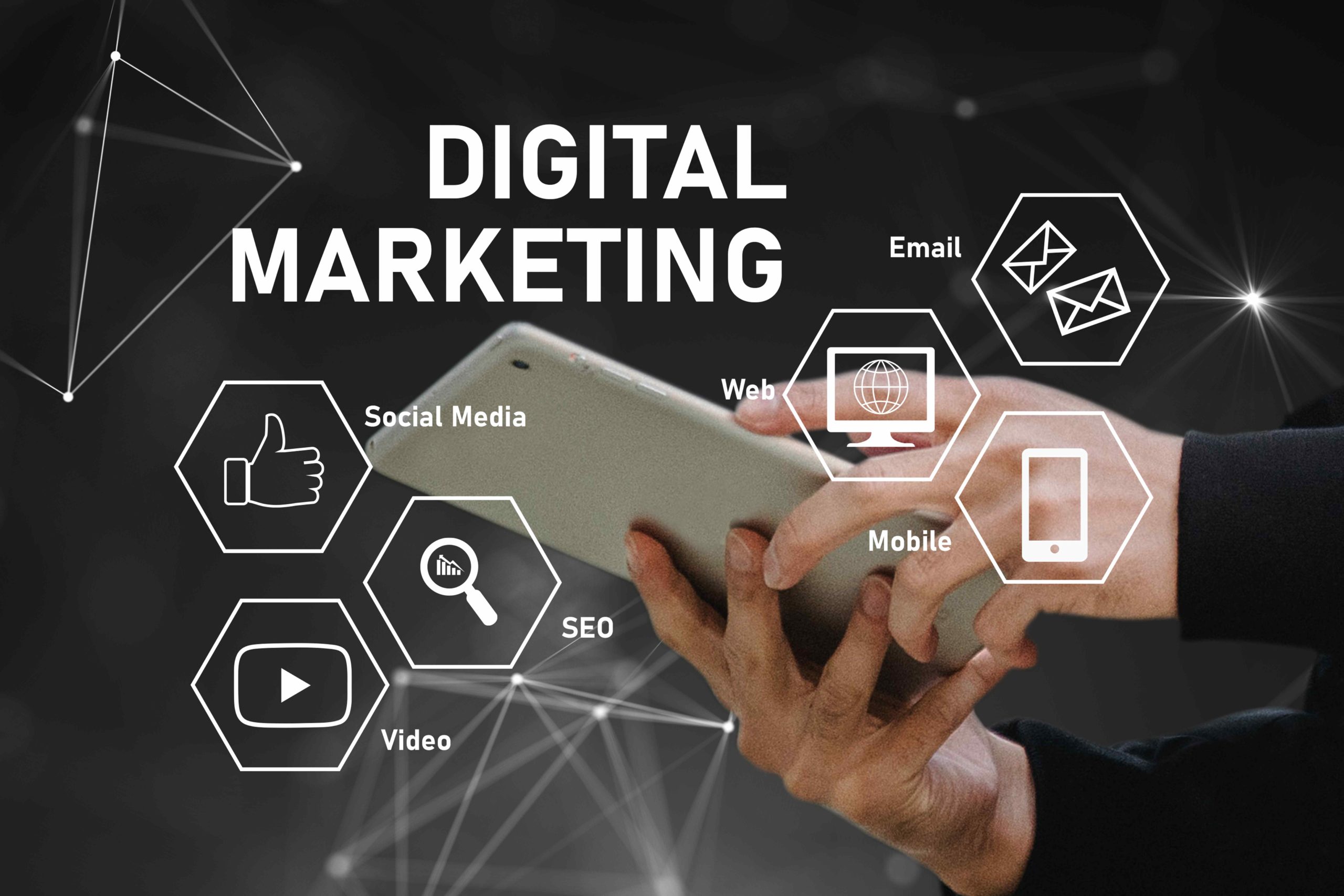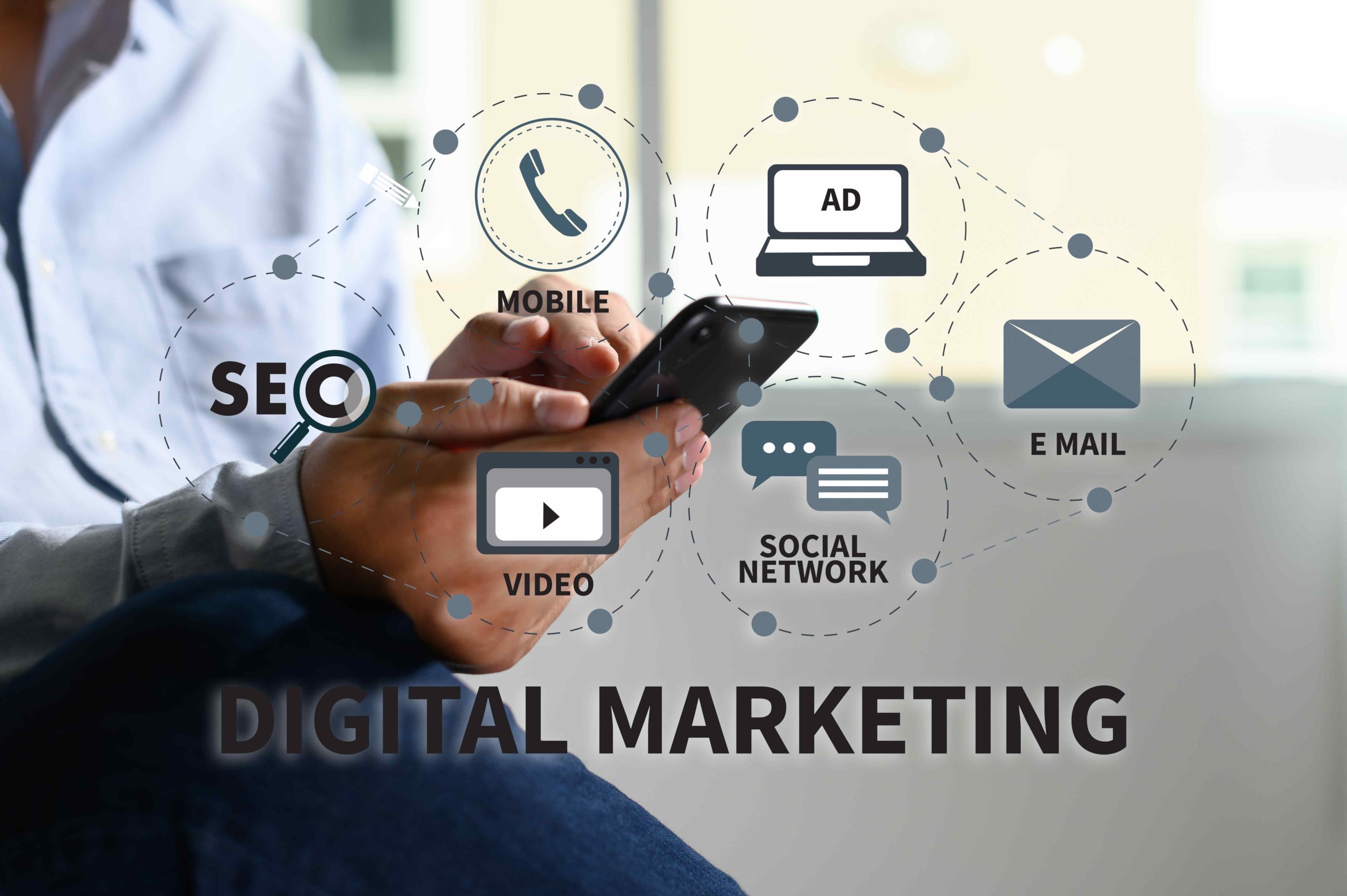
In today’s fast-paced digital world, capturing the attention of your audience can be a challenging endeavor. As consumers become increasingly reliant on their smartphones and tablets, mobile marketing has emerged as a game-changing strategy for businesses aiming to stay connected with their customers. Imagine being able to reach your audience anytime, anywhere, with personalized messages that resonate on a personal level. This is the power of mobile marketing. It’s not just about sending out promotions – it’s about creating meaningful interactions and building lasting relationships with your customers.
In this article, we’ll explore what mobile marketing is, how it works, and why it’s essential for the success of your business.
Key Takeaways
- Mobile marketing enables highly personalized campaigns based on user behavior and location.
- Using multiple mobile channels like SMS, push notifications, and social media can significantly boost campaign success.
- Mobile marketing allows businesses to connect with audiences anytime and anywhere in real-time.
- It is more cost-effective and accessible than traditional advertising methods, suitable for businesses of all sizes.
- Successful mobile marketing requires high-quality, engaging content due to short user attention spans.
What is Mobile Marketing?
Mobile marketing refers to any advertising activity that promotes products and services through mobile devices. Leveraging features of modern mobile technology, including location services, mobile marketing tailors campaigns based on an individual’s location and behavior. This allows for the personalized promotion of goods or services to users who are constantly connected to a network.
For example, a retail store might use mobile marketing to send a discount offer to customers who are nearby, enticing them to visit the store. By using these targeted techniques, businesses can create more effective marketing campaigns that resonate with their audience.
How Mobile Marketing Works
Mobile marketing uses various methods to reach users, including:
- SMS and MMS Messaging: Direct messages sent to users’ phones, delivering timely promotions and updates. These messages are highly effective due to their immediacy and the personal nature of text messaging.
- Push Notifications: Alerts sent through downloaded apps to keep users informed about special offers or new products. Push notifications can drive engagement by bringing users back to the app regularly.
- In-App and In-Game Marketing: Ads integrated into mobile apps or games that provide a seamless advertising experience without disrupting user activity. These ads can be tailored to the user’s preferences based on their behavior within the app.
- Mobile Websites: Optimized sites for mobile browsing that ensure a smooth user experience. A well-designed mobile site can significantly enhance the user journey, making it easier for customers to find and purchase products.
- QR Codes: Scannable codes that link to websites or promotions, providing a quick and easy way for users to access information. QR codes are versatile and can be used in various marketing materials, from print ads to product packaging.
- Proximity Systems and Location-Based Services: Alerts based on geographic location, offering highly relevant promotions to users who are near a business. This type of marketing can drive foot traffic and increase sales by targeting users at the right place and time.
These strategies focus more on user behaviors than demographics, although demographic data can enhance targeting precision. For instance, mobile marketing can alert users to nearby deals or encourage instant purchases, catering to the behavior of “snacking” – quick, frequent interactions with media or messaging. By understanding and leveraging these behaviors, marketers can create more effective and engaging campaigns.
Difference Between Mobile Marketing and Traditional Marketing
Unlike traditional marketing, mobile marketing leverages the constant connectivity of mobile devices. This allows for highly targeted campaigns based on user location and behavior, offering promotions when users are near a specific store or frequently visited location.
For example, a campaign might send food-related coupons to users within half a mile of a supermarket, making it more personalized and effective. Traditional marketing methods, such as TV and radio ads, lack this level of precision and immediacy, often resulting in a broader but less engaged audience.
Mobile marketing, on the other hand, offers the ability to reach users at the right moment with highly relevant content, driving higher engagement and conversion rates.
If you are interested, read our article – Digital Marketing vs. Traditional Marketing: What’s The Difference?
Why Mobile Marketing is Important for Your Business
With global smartphone use on the rise, investing in mobile marketing is crucial for engaging potential and existing customers. Effective mobile marketing offers several advantages:
- Global Reach: Connect with audiences anytime, anywhere. More than two-thirds of people worldwide use smartphones, and many keep their devices close around the clock. This 24/7 accessibility means that businesses can engage with their audience at any time, increasing the likelihood of interaction and conversion.
- In-Depth Engagement: Mobile devices allow for a more immersive experience. Interactive content like games, apps, and augmented reality (AR) can keep your audiences engaged for longer. For example, an AR app that allows users to visualize how furniture would look in their home can provide a more engaging shopping experience.
- Personalization: Data and analytics enable you to tailor your mobile messaging and experiences to each user, which boosts engagement. According to global management consultants McKinsey, 71% of consumers expect personalized interaction from brands. By delivering personalized content, businesses can create stronger connections with their customers.
- Channel Variety: Reach customers where they spend the most time by marketing your business across a range of mobile channels. Combine apps, messages, games, and ads to create powerful, multifaceted mobile marketing campaigns with greater conversion potential. This diversity in channels ensures that you can reach your audience in the most effective way possible.
According to Omnisend, marketers using three or more channels saw a 494% higher order rate than those using single-channel campaigns. This underscores the importance of a multifaceted approach. By leveraging multiple channels, businesses can create more robust and effective marketing strategies that drive higher engagement and sales.
Benefits and Weaknesses of Mobile Marketing
Benefits:
- Accessibility: Easier to access than traditional online advertising. Mobile marketing does not require high-level technology or significant technical experience to get started, making it accessible for businesses of all sizes.
- Cost-Effective: Options available for any budget, often cheaper than TV or radio ads. Social media ads, for example, can reach a wide audience at a fraction of the cost of traditional media.
- Real-Time Reach: Engage customers wherever they are. Unlike radio or TV ads, mobile marketing can reach users in real-time, regardless of their location, increasing the chances of immediate action.
Weaknesses:
- Privacy Concerns: Data collection without explicit consent can lead to privacy issues. Users may be wary of how their data is used and whether it is securely stored.
- Potential Costs for Users: Data-heavy campaigns may incur charges for users with limited data plans. For example, directing users to a video that requires significant data usage could result in additional costs for those without unlimited data plans.
- High Standards: Requires near-perfection from the start due to short user attention spans. A poor mobile marketing plan can quickly lose user interest, making it crucial to deliver high-quality, engaging content from the outset.
Types of Mobile Marketing
In-App Marketing
Use banners, overlays, and inbox messaging within your app or advertise on popular apps. This method allows you to engage customers who are active users of your brand’s app and guide their user experience within the app. For example, an e-commerce app might use in-app marketing to highlight special promotions or new product releases.
Mobile Push Marketing
Send push notifications to engage users outside of your app. Push notifications can deliver timely and relevant information, even when users are not actively using the app, keeping your brand top of mind. These notifications can be highly personalized based on user behavior and preferences. Learn more about brand marketing here: https://quirk.biz/what-is-brand-marketing-all-you-need-to-know/
SMS Marketing
Use text messages to send promotions, alerts, and offers directly to users’ phones. SMS marketing campaigns can be highly effective due to the immediacy and personal nature of text messaging. Most people keep their phones within reach, making it likely that they will see and respond to these messages quickly.
Social Media Marketing
Leverage platforms like Facebook, Twitter, and Pinterest to connect with consumers. Social media marketing allows for a more personal connection with users through engaging content and interactive ads. For instance, a brand might use promoted tweets to reach a wider audience and drive traffic to their website.
Location-Based Marketing
Target users based on their geographic location for more relevant campaigns. By utilizing location data, businesses can deliver promotions and offers that are highly relevant to the user’s current location, increasing the chances of engagement and conversion. For example, a restaurant might send a discount offer to users who are nearby during lunch hours.
QR Code Marketing
Use QR codes to link to your website, app downloads, or promotional content. QR codes provide a quick and easy way for users to access information and interact with your brand. They can be used in various marketing materials, from print ads to product packaging, to drive engagement and conversions.
Expert Tips to Start with Mobile Marketing
- Optimize Your Mobile Site’s Loading Speed: Ensure that your mobile site loads quickly to keep users engaged. Slow loading times can lead to high bounce rates and lost opportunities.
- Personalize Your Mobile Messaging: Tailor your messages to individual users based on their preferences and behaviors. Personalized content can significantly increase engagement and conversions.
- Leverage Messaging Apps: Use popular messaging apps to connect with users in a more personal and direct way. Apps like WhatsApp and Facebook Messenger offer opportunities for real-time interaction and customer service.
- Provide Frictionless Mobile Experiences: Ensure that your mobile site and apps are easy to navigate and use. A seamless user experience can enhance engagement and drive conversions.
- Experiment with Immersive Technologies: Explore the use of augmented reality (AR) and virtual reality (VR) to create engaging and interactive experiences. These technologies can provide unique and memorable experiences for users.
- Unify the Customer Journey: Integrate your mobile marketing efforts with other channels to provide a cohesive and consistent customer experience. This can help build brand loyalty and increase customer satisfaction.
- Reward Loyalty: Use mobile marketing to reward loyal customers with exclusive offers and promotions. This can help strengthen customer relationships and encourage repeat business.
- Target Voice Search-Friendly Keywords: Optimize your content for voice search to capture the growing number of users who use voice assistants. This can help improve your search visibility and reach a wider audience.
- Track Mobile KPIs: Monitor key performance indicators (KPIs) to measure the success of your mobile marketing efforts. This can help you identify areas for improvement and optimize your strategies.
- Integrate Mobile Into Your Marketing Strategy: Ensure that your mobile marketing efforts are part of a broader, data-driven marketing strategy. Integrating mobile with other digital and traditional tactics can help create a more comprehensive and effective marketing plan.
Conclusion
Mobile marketing is most effective when integrated into a broader, data-driven marketing strategy, including desktop SEO, email, online advertising, and social media. By leveraging the unique capabilities of mobile devices, businesses can create highly targeted and engaging campaigns that drive higher engagement and conversions.
Start building your blueprint for business success with our comprehensive Marketing Strategy Guide. Embrace the power of mobile marketing to connect with your audience like never before, and watch your business grow.


